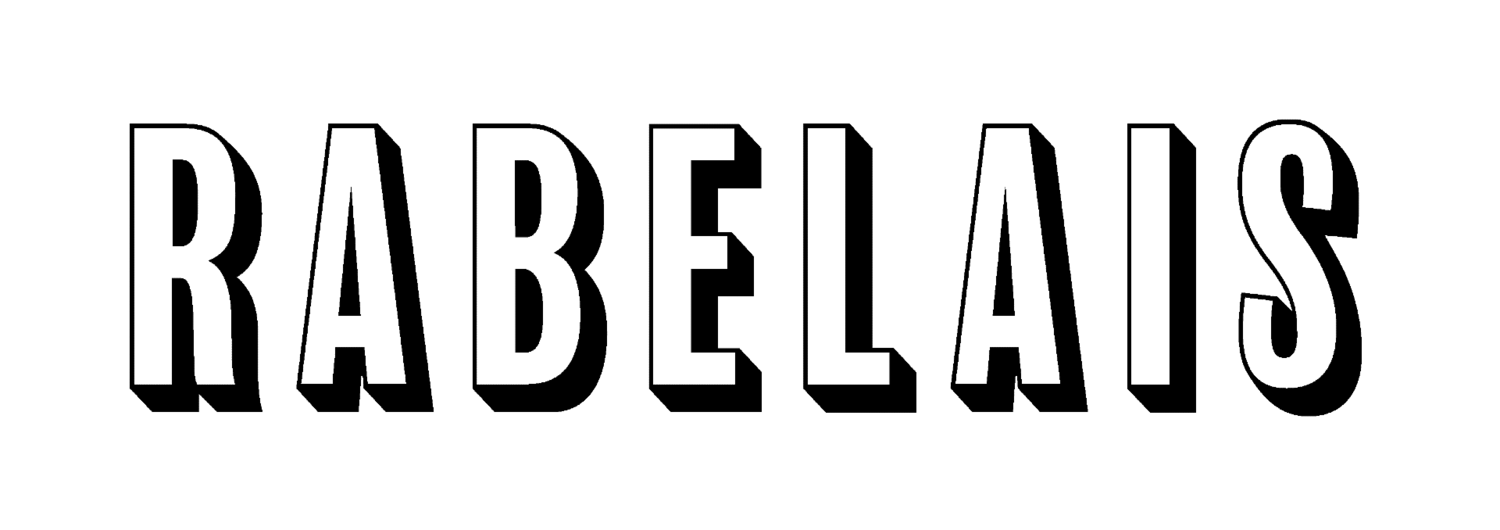The culture of catcalling
TW: mentions of sexual harassment
Whistles, winks, honks and body-shaming comments have been part of a growing culture of street harassment for many years.
International movements combatting street harassment like #MeToo, Stop Street Harassment and Hollaback! has been collecting information to raise awareness towards this social issue.
Street harassment (also known colloquially as catcalling) is a form of intimidation that involves unwanted verbal comments, provocative gestures, honking, wolf-whistlings, stalking, persistent gazing or leering.
In society, catcalling is known to be directed more towards people who identify as women than men.
The Australian platform fighting for the rights of all individuals to live free of the fear of harassment, It’s Not A Compliment (INAC), released a survey in April showing that minority groups were most affected.
Out of the 343 people surveyed, the findings revealed that 91.3 percent of individuals who identified as cisgender women, non-binary, or transgender experienced harassment due to their real or perceived gender.
One of the Media Officers at INAC, Vanessa Wong, says that catcalling is a form of gender oppression.
“The way that a woman feels in a public space is a reflection of one the largest social structures at play. Street harassment is in a way a more difficult and declined form of gender oppression that we see in the streets,” she says.
The survey also showed that 81.3 percent of the respondents identifying as gay or lesbian were getting harassed due to their sexual orientation.
For Wong, comments on the sexual preference or gender identity can affect the mental health of a victim who has been catcalled.
“The incident can definitely affect their self-esteem and this may lead to guilt, depression and increased anxiety.”
Senior Lecturer in Criminology at Melbourne University, Dr Bianca Fileborn, says that beyond mental health impacts, street harassment can contribute to negative emotional states such as fear and anger, and it can significantly limit how people from targeted groups use and access public spaces.
“Catcalling and harassment related to gender identity and sexual orientation also reinforced the notion that LGBTQ+ people don’t ‘belong’ and aren’t freely accepted and welcomed by mainstream society.”
For a long time, the patriarchal society attached stereotypes to women, such as not going out alone at night or dressing appropriately in public.
Even though women do not follow this stereotype, Wong believes that the way they dress will still determine whether we will be catcalled or not.
“Today, there is an open dialogue about people wearing whatever they want. And people have been getting more expressive ways in fashion. But catcalling remains one of the unspoken social issues,” she says.
In Jessica Wolfendale’s Dangerously Provocative, she writes about the narrative of the woman dressing provocatively and the culture of victim-blaming.
The Associate Professor of Philosophy at West Virginia University explains that society viewed women’s emancipation as the classic femme fatale - wearing revealing clothes to control and manipulate men.
Wolfendale argues that men became powerless while women’s promiscuity was pictured as dangerous and powerful.
She wrote that the patriarchal society annihilated the natural body sizes of women and encouraged them to wear corsets, bras, “porn chic” shorts and tight fittings to enhance a woman’s allure.
Wolfendale states that once we unpack the narratives of the provocatively dressed woman, we perceive that women are not empowered.
“In contrast, her apparent dangerousness and sexual power is embedded in and reinforces disempowering and objectifying conceptions of women’s bodies and women’s sexuality.”
In 2014, a shocking video went viral where a woman spent 10 hours walking in silence in New York City getting catcalled.
The woman wore a black top and black jeans. She was judged on her physical features, asked by strangers to “smile”, and followed by a man walking beside her silently for five minutes.
Dr Fileborn says that many forms of street harassment are currently poorly regulated.
“There was often no tangible evidence of what happened, and for actions like staring or leering this would be incredibly challenging and problematic to regulate and police through the law,” she says.
To raise awareness and help reduce street harassment, INAC has organised a Bystander Intervention Training designed to help victims or a third party to confidently intervene.
